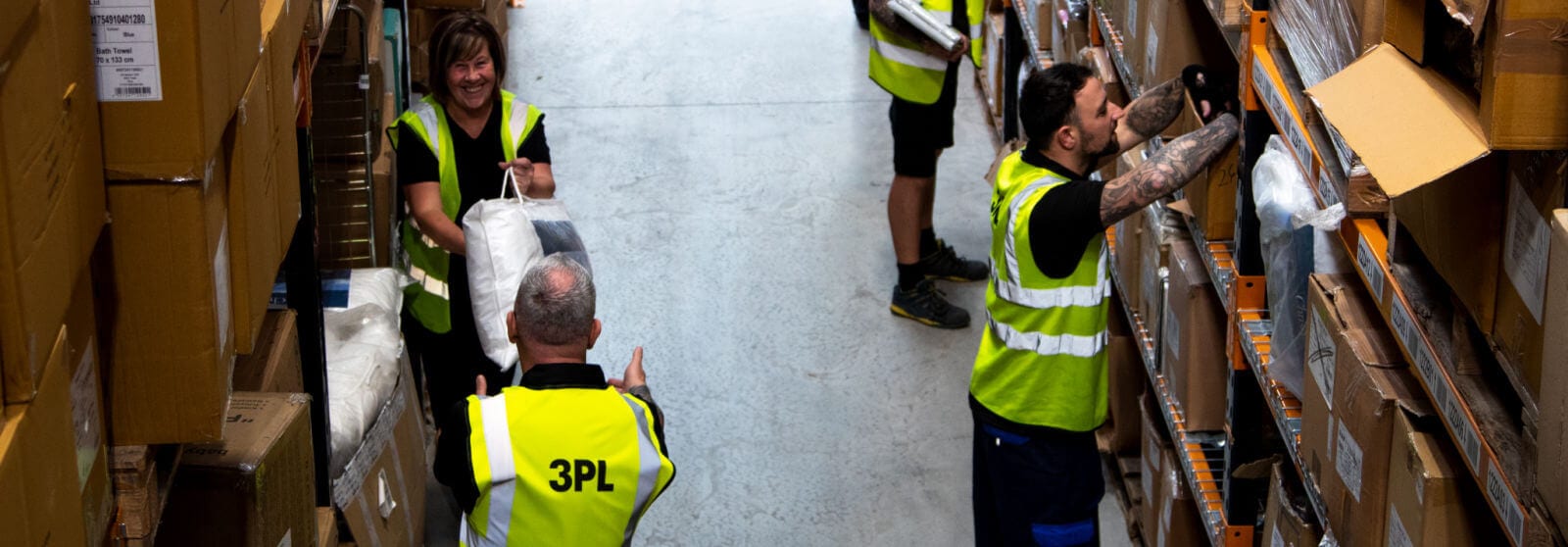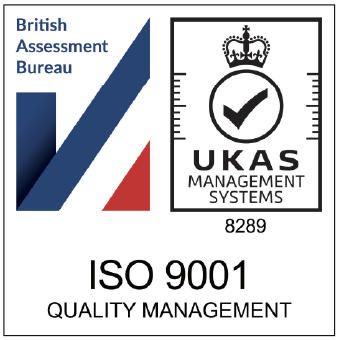Knowing who your customers are and how to sell to them is fundamental to success. And, one of the first key distinctions to make is whether you are selling B2B or B2C.
Why is this so important? Selling to other businesses opens up a whole different world of considerations, from the way you market yourself to the products you choose to stock.
But, did you know that one of the most important differences to prepare for is the fulfilment process?
What is B2B fulfilment?
B2B order fulfilment is when you supply products to another business to sell, rather than selling then direct to the consumer yourself.
It might not seem drastically different, but it is. B2B order fulfilment comes with a whole host of specific needs that sets it apart from B2C fulfilment significantly.
So, exactly how is B2B order fulfilment different from B2C fulfilment?
When it comes to the differences of B2B order fulfilment vs B2C order fulfilment, you need to think about the needs of who is making that purchase.
Both will have different needs when it comes to:
- The price or how much they can spend
- The reason why they want to make a purchase
- The volume of items they will buy
- How often they will make a purchase
When it comes to B2B orders, your customers will often be looking for the best price possible. Afterall, they need to make a profit off of their purchase, so they’ll be thinking about the margin they can get off it.
Gone will be impulse purchases, pay-day treats or emotive decisions. They are basing their purchases on cold hard facts – Will this product sell? Will it make me money? How much shall I invest in it?
B2B purchases are often high volume and planned well in advance, too. They might be regular and repeat their order every month. Some B2B customers may even wish to negotiate on price and set up a contract with you for the year ahead.
This differs hugely from B2C orders. These are often much more reliant on your marketing tactics, which can cause your orders to fluctuate frequently. Orders will be smaller in value but often in higher numbers. The sales process is much shorter, without the need for providing quotes, negotiations and building up personal relationships as is often the case for B2B.
Take a look at what else you need to know about B2B order fulfilment in more detail below…
Order volumes
One of the biggest differences between fulfilling B2B orders and B2C orders is the volume you will be dealing with.
When fulfilling B2C, it is likely that each order will be just for a few items. In fact, for many eCommerce stores, an order of even 10 items or more is considered to be big.
When it comes to B2C fulfilment, large volume orders are expected as the norm. Depending on the size and needs of the business, you could be dealing with sending hundreds of items just for a single order. To cater to this, you might need more stock storage space than if you were fulfilling B2C orders.
This can also open the door to numerous complications if your fulfilment process isn’t geared up to cope. Large numbers of multiple items in each order can provide more opportunities for things to go wrong. Unfortunately, mistakes can cost you the business of valuable clients long-term, so efficiency is more important than ever.
Shipping methods
Due to the typically larger volume of a B2B order, finding a shipping option often isn’t as straightforward as it is for a B2C order.
Large volumes often means heavier, bulkier and palletised shipments that aren’t suited to standard parcel delivery. Instead, it’s likely you will need to ship orders via freight.
Then, there are the huge differences in costs. If an order from one client is twice as big as an other, the cost for delivery isn’t going to be the same. So, a blanket shipping price probably won’t work.
As a result, it becomes essential to source couriers who can cater to B2B needs at as low cost possible.
Returns
Reverse logistics can become a lot more complicated for a B2B supplier.
B2C returns are common, but can be dealt with easily when handled correctly. The customer simply uses the returns label you provide, sends it back to you and awaits their refund or exchanged item. The returned item can then either be put back into your inventory or removed due to damages or faults.
Related: How to Best Manage Returns For Your eCommerce Store
When it comes to B2B orders, returns are usually less frequent. If your client has ordered the items before, or has received samples in advance, it’s unlikely they will simply have changed their mind.
Rather, returns will more often be down to incorrect items being received, the wrong number of items or damages and faults with the items.
B2B returns can therefore offer significant risks. If a large number of items are being sent back, it’s vital that you can track this so you know how much stock is returning to your inventory.
If the return is large volume, again you may well require freight shipping to get it back to your warehouse. All items will then need to be inspected, correctly replaced or removed from your inventory and a refund or exchange will be arranged. As large B2B contracts often depend on strong relationships, your client might expect to be kept personally updated on the progress of their return.
EDI compliance
For eCommerce B2B companies that are supplying large retailers, it’s common for your orders to have to be EDI compliant.
If you aren’t sure what EDI is, it stands for Electronic Data Interchange. It’s basically a form of electronic invoicing and labelling that many big retailers use to make the process faster, more accurate and more efficient.
There are certain EDI standards that retailers expect. So, if you are new to fulfilling B2B retail orders, it’s important to ensure you are meeting all the criteria requirements of the retailer you are supplying. If you don’t, there can sometimes be financial penalties and delays in getting your products sold.
A 3PL company can help you out here, as they often have the best experience in ensuring that every retail order you fulfil is fully EDI compliant.
P.S, if you need help fulfilling your B2B orders, you can always contact us at 3PL for a chat about your business
More eCommerce advice from the 3PL blog…
Inventory Turnover Ratio: What Is It & How to Calculate It | 5 Ways to Improve Your Customer Fulfilment Process | How Do I Choose the Right Order Fulfilment Partner?
Speak to 3PL about your eCommerce order fulfiment
It’s time to supercharge your ecommerce brand business and overtake your competitors. Speak to 3PL today and find out how we can take your ecommerce fulfilment to the next level.


